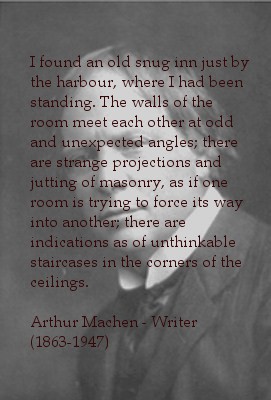This splendid slow-worm (Anguis fragilis ) was found by Harry Baker on the wooden steps leading to the beach at Runswick Bay one afternoon at the end of May. He was pretty lucky as slow-worms only ever bask for short periods in the day. They are mostly nocturnal, hunting for slugs and worms and spend most of their lives either underground or hidden in vegetation.
Although superficially resembling snakes, slow-worms are in fact legless lizards. Unlike snakes they have eyelids and they can shed their tails when imperilled. The broken off portion thrashes around on the ground confusing the predator and allowing the slow-worm to beat a hasty retreat.
Harry's slow-worm seems to have lost its tail at some point in the past. This is very common and often happens in the wild, the new tail growing as a blunt stump. The females have a dark stripe down their backs whereas the males are much more uniform in colour. Although difficult to see from the photos, this is probably a female.
Slow-worms are the most abundant reptiles in Britain, often living in close proximity to man in gardens, railway cuttings and compost heaps, but they are so inconspicuous as to go unnoticed most of the time.
I remember once many years ago seeing a common lizard (Lacerta vivipara) basking in the sun on the steps leading up from the car park at Sandsend. Obviously reptiles like the environment of our cliffs and moors. It is interesting to compare the appearance of the slow-worm with the strikingly different adders Andy Cook photographed on the moors around Goathland.
Adders
ELEPHANTS ON WHITBY BEACH

Sunday 3 June 2012
Subscribe to:
Posts (Atom)





